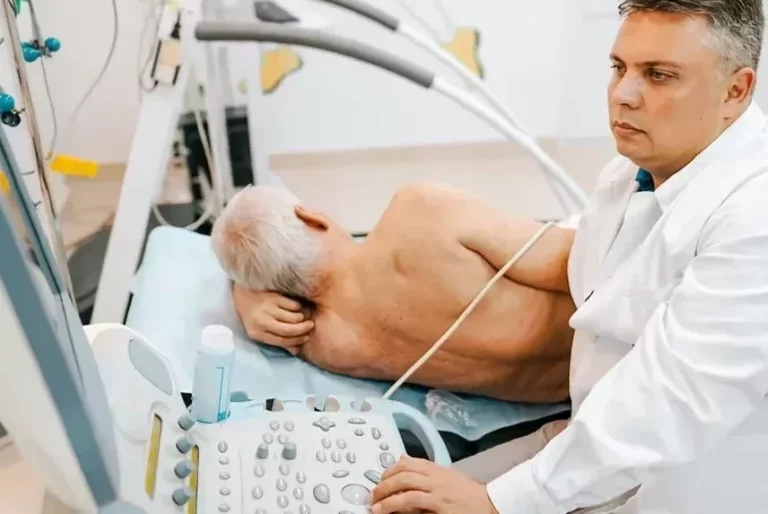
Why You Need to Do Testicular Ultrasound?
Testicular ultrasound has gained recognition as an essential diagnostic procedure for men’s health, allowing healthcare professionals to assess and evaluate the condition of the testicles. In this comprehensive article, we will explore the importance of testicular ultrasound, the process involved, and the conditions it can detect. By understanding the significance of this non-invasive procedure, men can take proactive steps towards maintaining their reproductive health.
The Purpose of Testicular Ultrasound
Testicular ultrasound serves as a powerful diagnostic tool that enables medical experts to examine the structure of the testicles. By utilizing high-frequency sound waves, it provides detailed images of the testicular anatomy, facilitating the identification and evaluation of potential abnormalities. This procedure allows healthcare professionals to detect various conditions promptly, helping patients receive the necessary treatment.
Why Testicular Ultrasound?
Considered a safe and painless procedure, testicular ultrasound offers an array of benefits. Firstly, it allows doctors to assess the overall health of the testicles, ensuring any potential concerns are detected early. This early detection plays a crucial role in the effective management of various testicular conditions. Secondly, the procedure does not involve exposure to radiation, making it an ideal choice for identifying abnormalities in young males. Lastly, testicular ultrasound aids in distinguishing between different types of testicular masses, further guiding treatment options and ensuring optimal care.
What to Expect During a Testicular Ultrasound
Prior to the procedure, patients are typically asked to change into a gown and lie down on an examination table. A trained sonographer, specializing in ultrasound techniques, will then gently apply a gel on the scrotal area. Using a handheld transducer, the sonographer will glide it across the skin, emitting sound waves that create real-time images on a monitor. The entire process is painless and usually takes around 10 to 20 minutes to complete.
Common Conditions Detected by Testicular Ultrasound
Testicular ultrasound is instrumental in diagnosing a wide range of conditions related to men’s reproductive health. Some of the commonly detected conditions include:
4.1 Testicular Cancer: Testicular ultrasound plays a crucial role in the early detection of testicular cancer by identifying abnormal growths or masses within the testicles. An ultrasound can help determine if a mass is solid or fluid-filled, assisting in further diagnosis and treatment planning.
4.2 Epididymitis: This condition manifests as inflammation of the epididymis, a coiled tube located behind the testicle. Through a testicular ultrasound, medical professionals can visualize any swelling or inflammation in the epididymis, allowing for appropriate treatment.
4.3 Varicocele: A varicocele refers to enlarged veins within the scrotum, often causing discomfort or fertility issues. Testicular ultrasound can accurately detect the presence of varicocele, guiding necessary interventions or treatment.
4.4 Testicular Torsion: Testicular torsion is an emergency condition that requires immediate medical attention. Ultrasonography aids in diagnosing testicular torsion, swiftly identifying problems with blood flow to the testicle. Early diagnosis significantly improves the chances of successful treatment.
4.5 Hydrocele: A hydrocele is a fluid-filled sac surrounding the testicle, often leading to swelling and discomfort. A testicular ultrasound can help confirm the presence of a hydrocele, guiding treatment options for patients.
Conclusion
Testicular ultrasound is a vital tool in safeguarding men’s health and ensuring the early detection of various testicular conditions. Its non-invasive nature, painlessness, and ability to provide detailed imagery make it an essential part of diagnostic procedures. By understanding the significance of testicular ultrasound and seeking regular screenings, men can take proactive steps toward maintaining their well-being.
